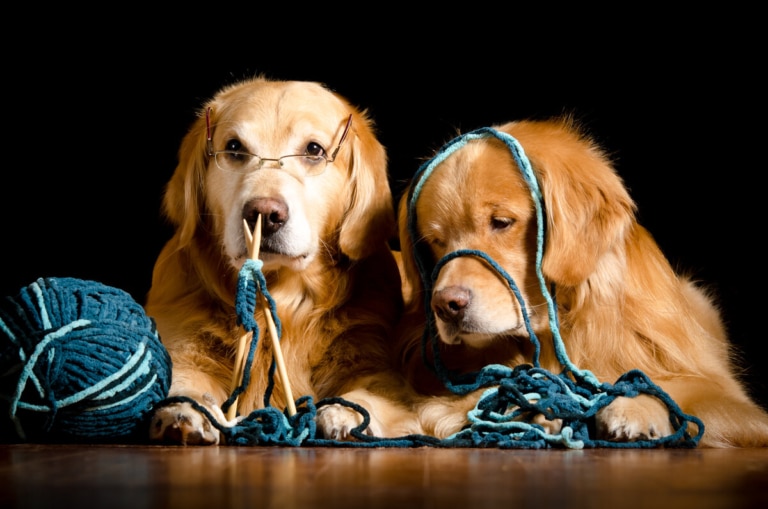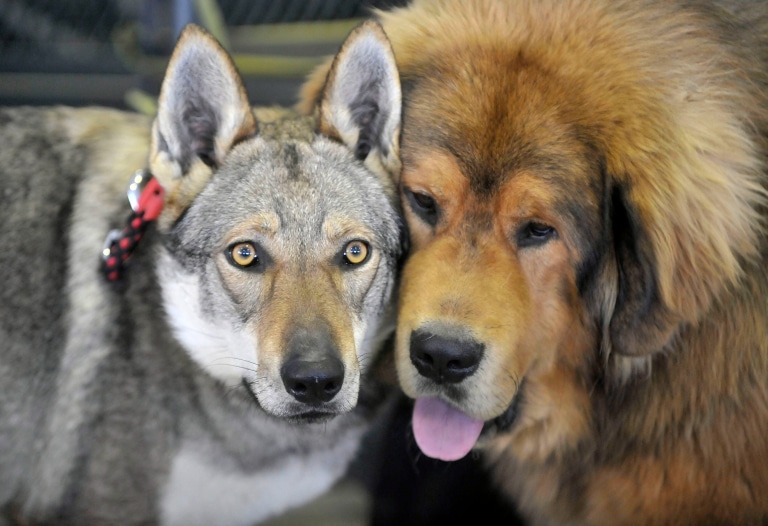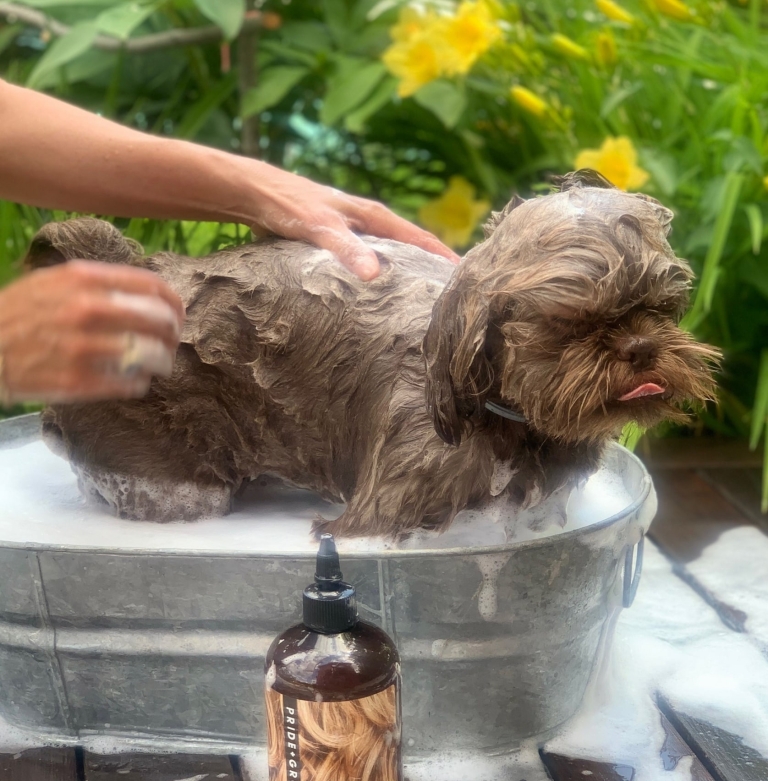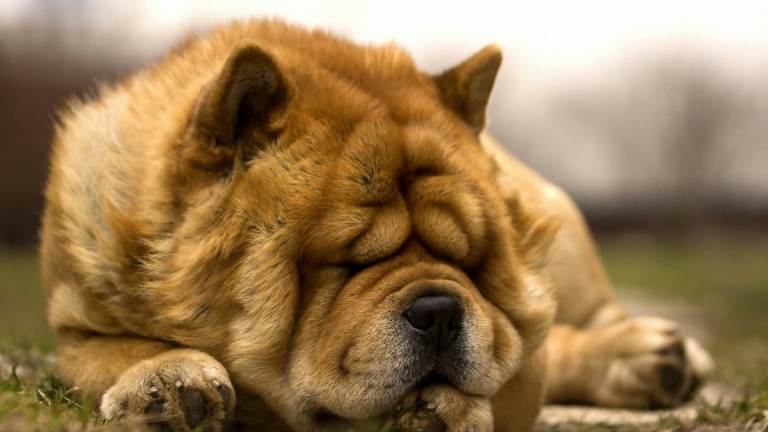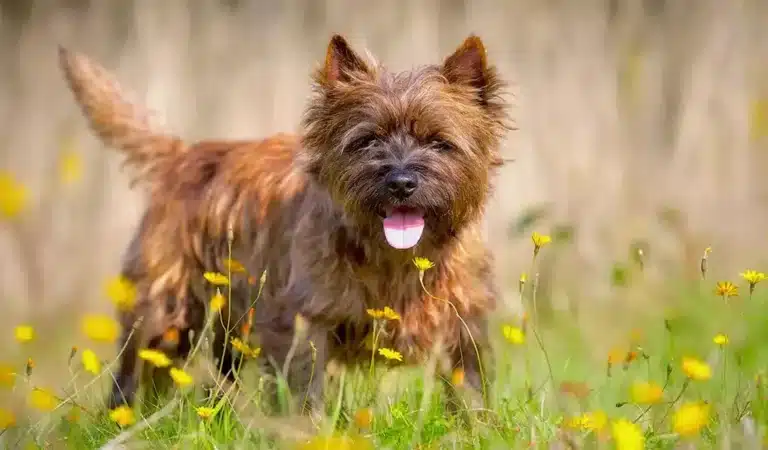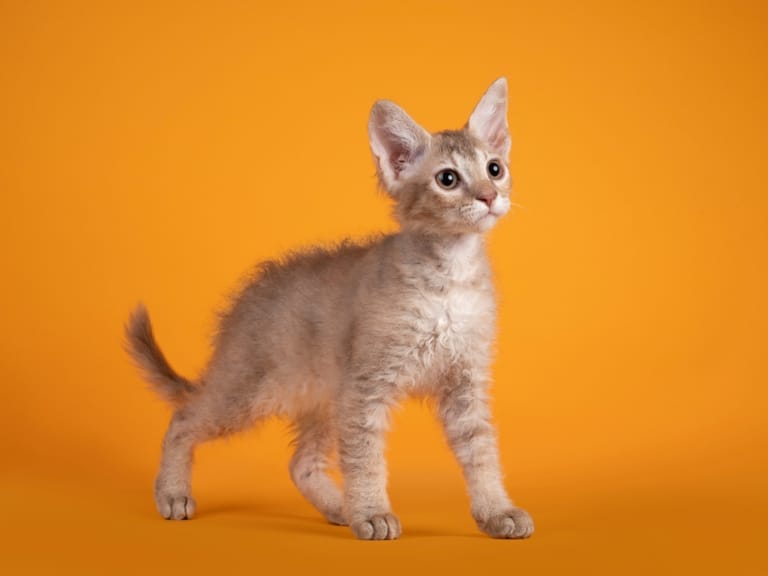- What is dog bonding?
- When you can knit a dog: the ideal age
- What do you need to know before breeding dogs?
- The first pack of dogs: how does it happen?
- Conclusion
Dog training is a responsible step for every owner, so it is worth properly preparing for this process and taking into account many nuances. Today we will dive into this mysterious world and find out when and how dogs bond.
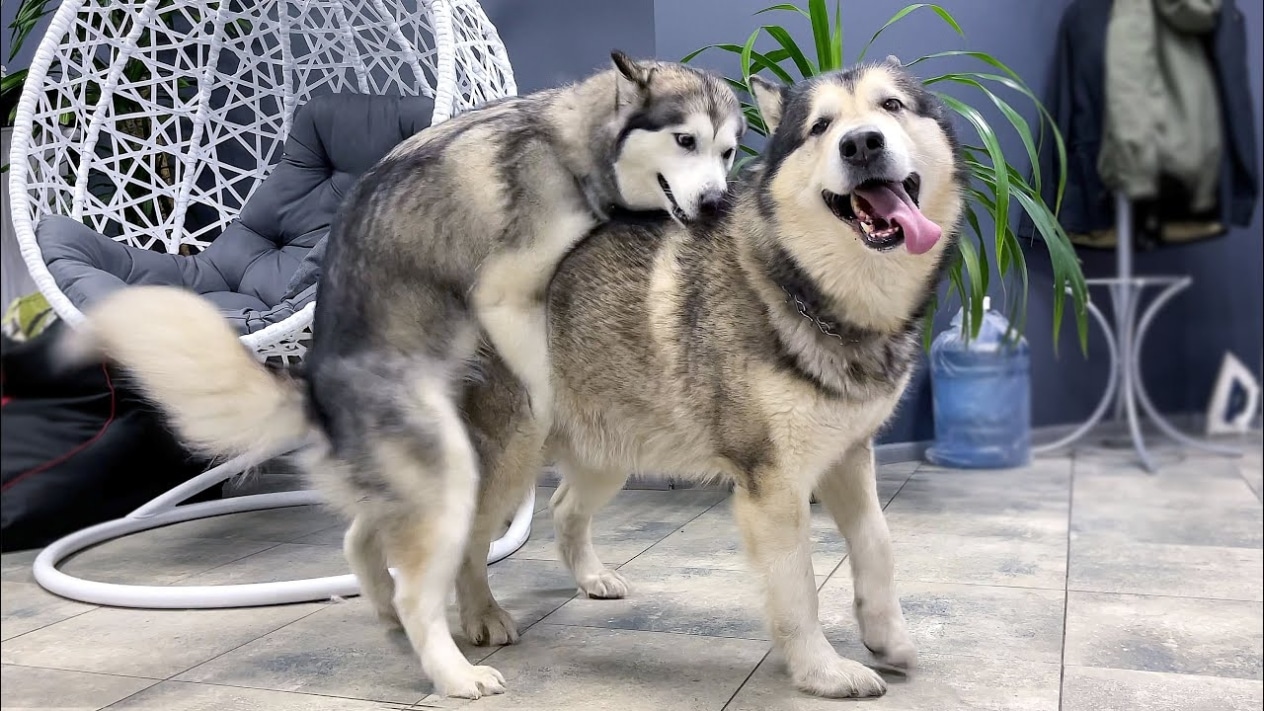
What is dog bonding?
Mating of dogs is the process of mating of a male and a female for the purpose of procreation. The term itself describes a unique physiological feature – temporary coupling of the male and female genitals, which can last up to 30 minutes.
In contrast to random mating, the term “inbreeding” is usually used in controlled settings where owners carefully select mates for their animals in order to produce quality offspring.
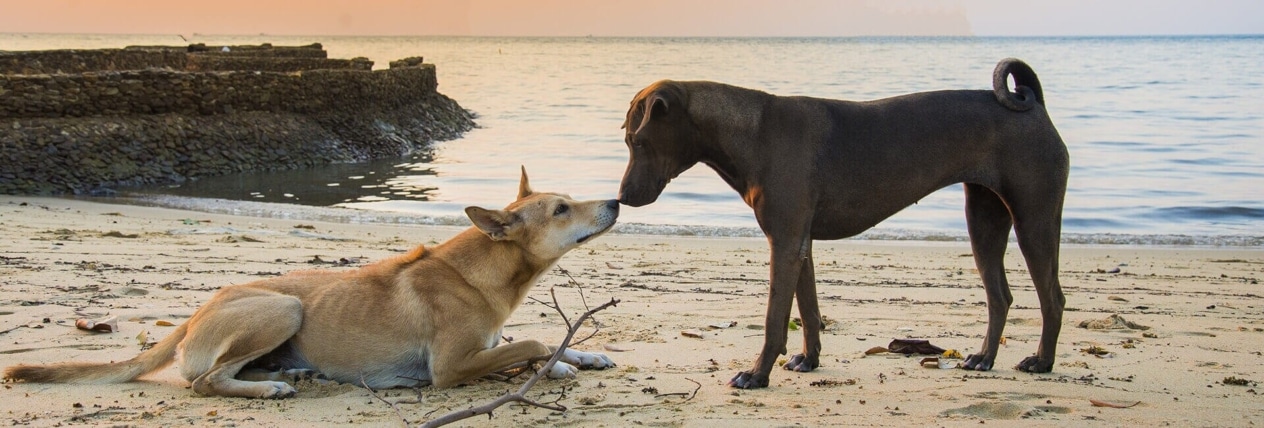
When you can knit a dog: the ideal age
A dog can be knitted only when it is completely physically and psychologically formed, because this has a significant impact on the health of the female, the quality of the offspring and the success of the process itself.
For females, the best time for the first mating is after the second or third heat, which corresponds to the age of 1.5-2 years. Males are ready for reproduction a little earlier, but it is also better to wait until they are 1.5-2 years old.
Even if the dog looks physically mature, psychologically he may still be a puppy, so it is better to wait a little and make sure that the animal has reached full physical and psychological development and is ready for quality mating.
What do you need to know before breeding dogs?
Taking into account the fact that any loving owner wants his dog to feel good and have no health problems, it is worth spending enough time to make sure that the binding is safe and effective. For this, dogs must undergo a full veterinary examination to check the reproductive system, the absence of genetic diseases, and carry out vaccinations and deworming. For the health of the female, it is necessary to make sure that a year has already passed since the last mating and that she has fully recovered after pregnancy and childbirth.
And, of course, one should not ignore estrus, which depends on the success of future fertilization. Estrus in dogs is one of the four phases of a female’s sexual cycle, and to understand when to mate dogs, we suggest considering the full cycle.
First comes the foreflow, which lasts 7-10 days. At this time, the female has bloody discharge, and the loop noticeably increases. The female is not yet ready for mating, so she shows aggression towards suitors.
This is followed by an active estrus that lasts 5-10 days. This is the most important period for mating, because it is at this time that ovulation occurs and the egg becomes ready for fertilization. The loop becomes softer and even more enlarged, and the discharge acquires a lighter shade. The female is now ready for mating, her behavior changes from aggression towards males to affection. The best time for mating is 9-15 days after the start of estrus.
After that comes postmenstruation, which lasts 60-90 days. If fertilization did not occur, the female’s body gradually returns to its normal state.
The cycle ends with a rest period lasting 4-6 months. At this time, the reproductive system is in a state of recovery, and the female does not show any signs of sexual activity. This phase is very important for the body, because it allows it to rest before the next estrus.
Therefore, mating should be carried out during the period of active estrus, when ovulation provides the highest chances of fertilization.
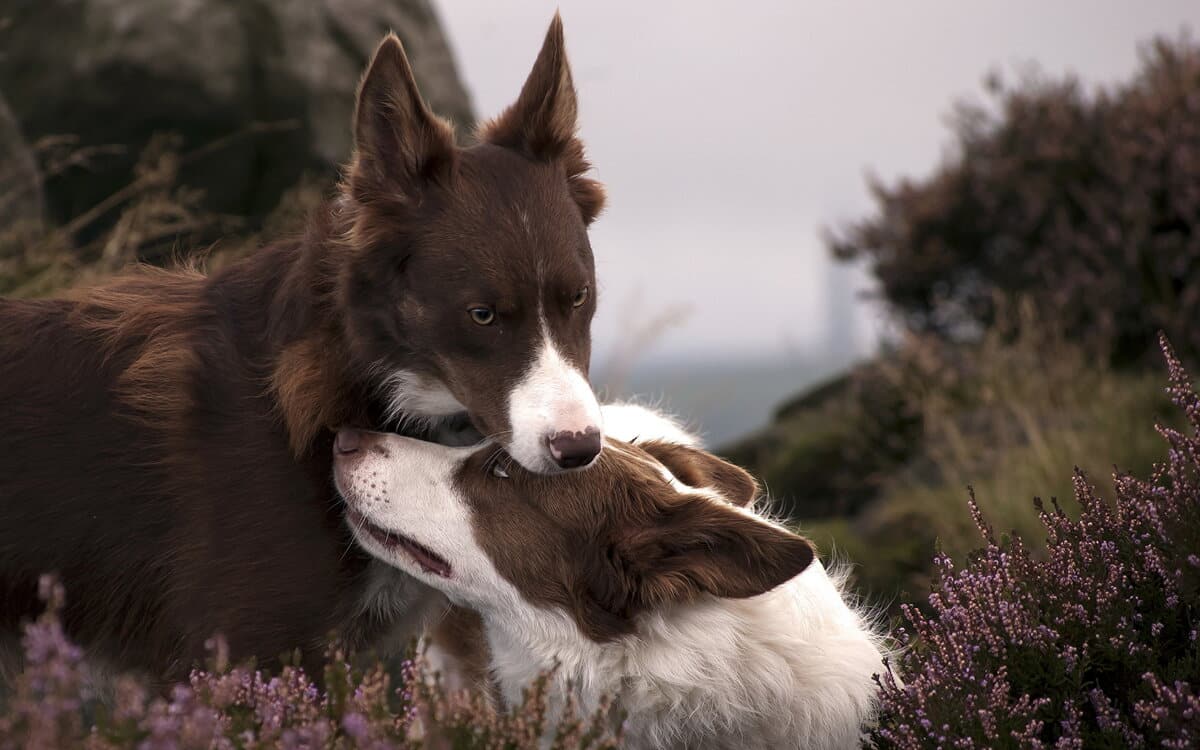
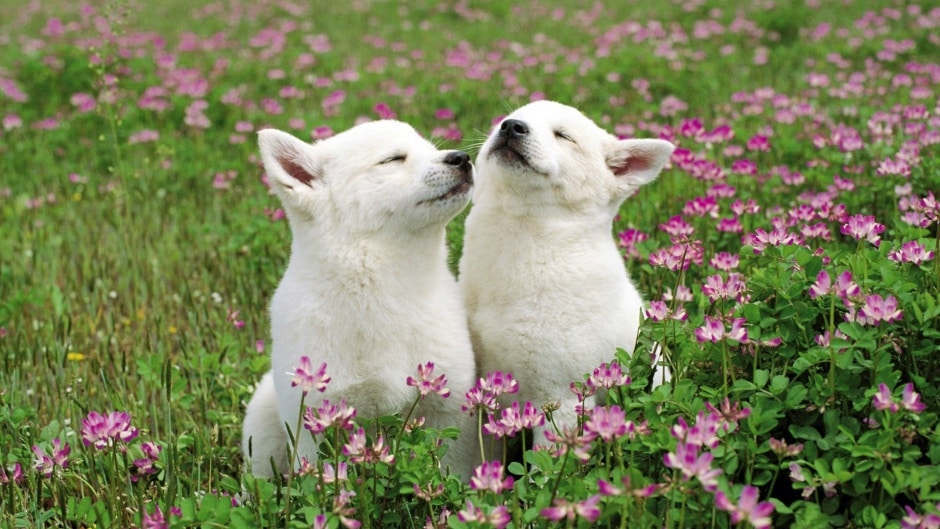
The first mating of dogs: how does it happen?
First you need to get to know the dogs. This will reduce stress, especially for the female, who is often less proactive in these situations. It is best to organize the first meeting in the territory of the male, which will help him feel more confident and reduce the risk of aggression. It is important to give the animals time so that they can smell each other and gradually get used to the presence of their partner.
When the first interaction was successful, they move on to the knitting process itself. It begins with preliminary contact: the male begins to sniff and lick the female, trying to make the first mating attempts. If the female is ready, she allows these actions – raises her tail and fixes her body. If she looks scared or aggressive, this may indicate that she is not ready psychologically or physiologically. In this case, it is better to postpone the meeting to another day or choose another partner.
As the male moves into actual mating, he can be given a little help by gently supporting his body to ensure he is in the right position. After that, in many cases, there is a natural coupling of the genitals, which lasts from 10 to 30 minutes. This is an important mechanism that promotes fertilization, so it is strictly forbidden to try to separate the animals. If the female tries to break free or moves suddenly, you need to carefully hold her in a calm position to avoid injuries. This most often happens due to stress, inexperience or physical discomfort. However, if mating does not occur, this is not always a problem, as mating success depends on many other factors.
The completion of the process occurs naturally – the dogs separate on their own. The female may look tired, but this is normal. It is important to provide her with the opportunity to rest in a calm atmosphere and to carefully monitor her condition over the next few days.
After a month, you can go to the veterinarian to do an ultrasound and confirm the pregnancy.
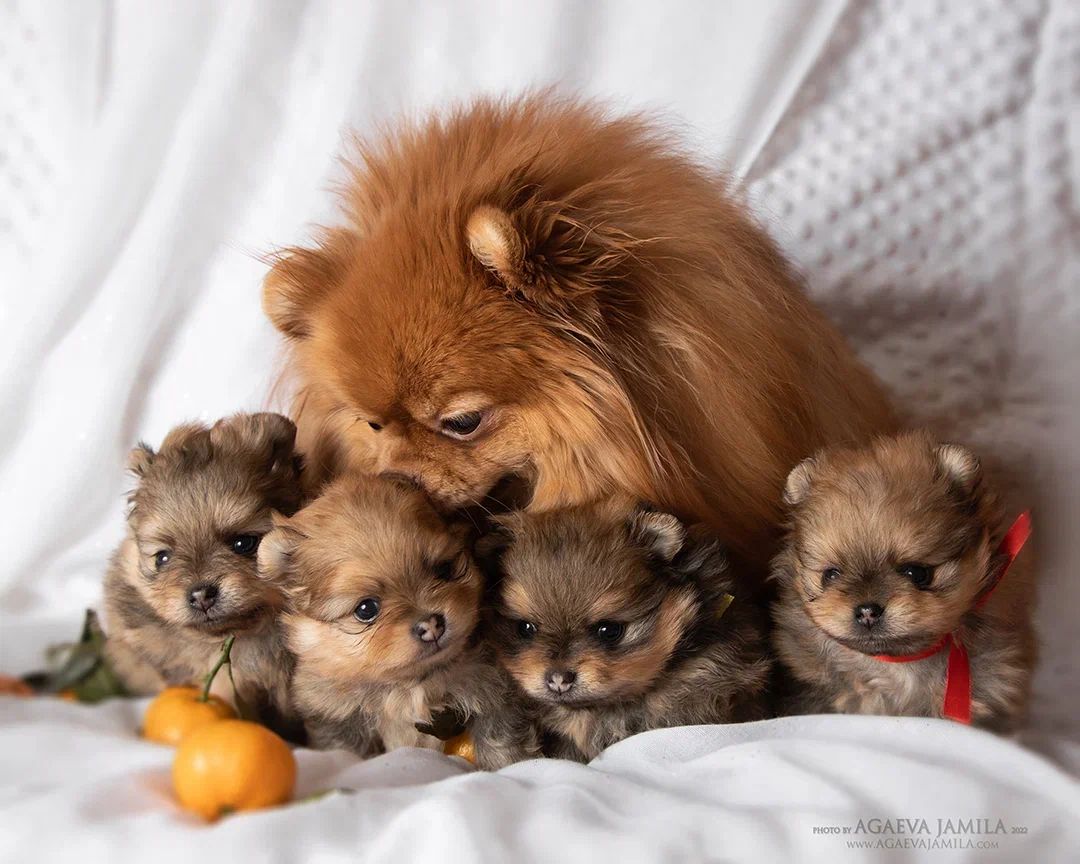
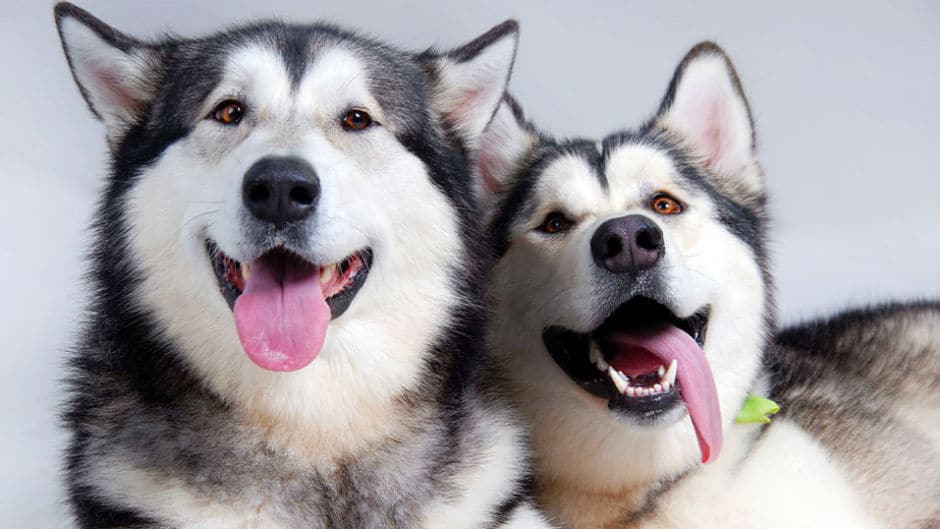
Conclusion
Now you know how and when to knit dogs, what difficulties may arise and why the issue of pairing animals should not be taken lightly. Not only the success of fertilization, but also the physical and emotional health of your pets depends on understanding the physiological features of estrus and the sexual cycle, mating stages and creating comfortable conditions. And if you have doubts or questions, do not hesitate to contact professionals: veterinarians, dog trainers or experienced breeders.

